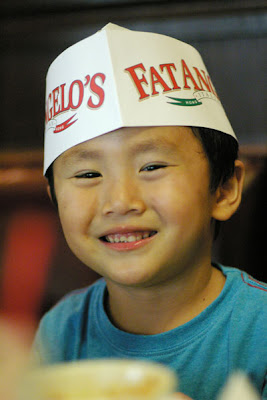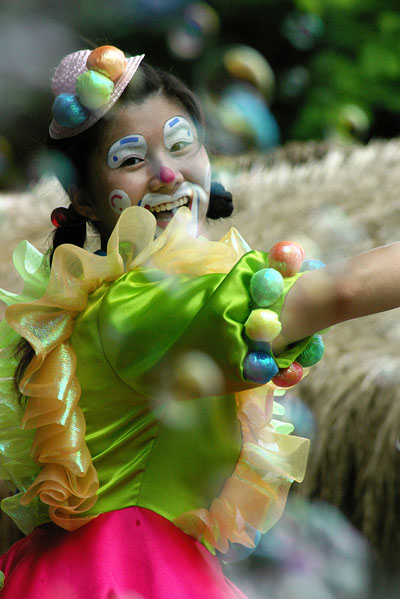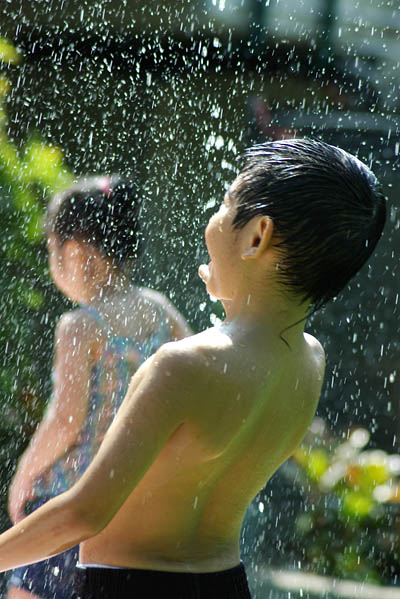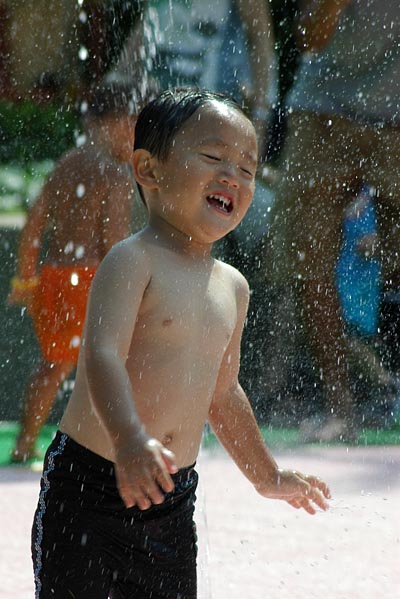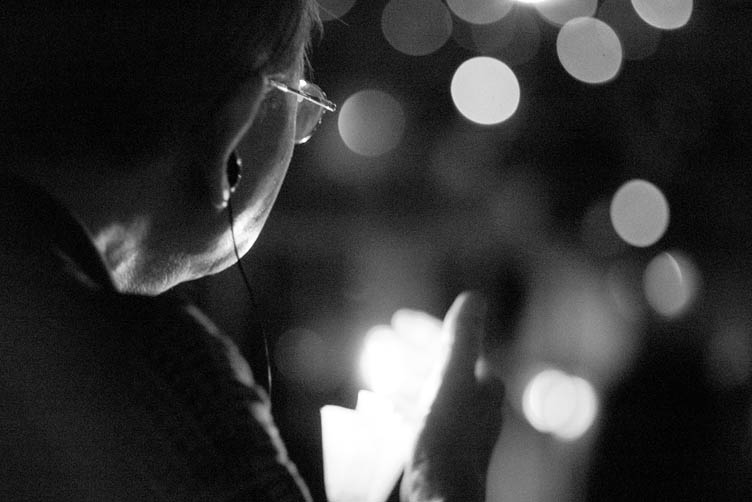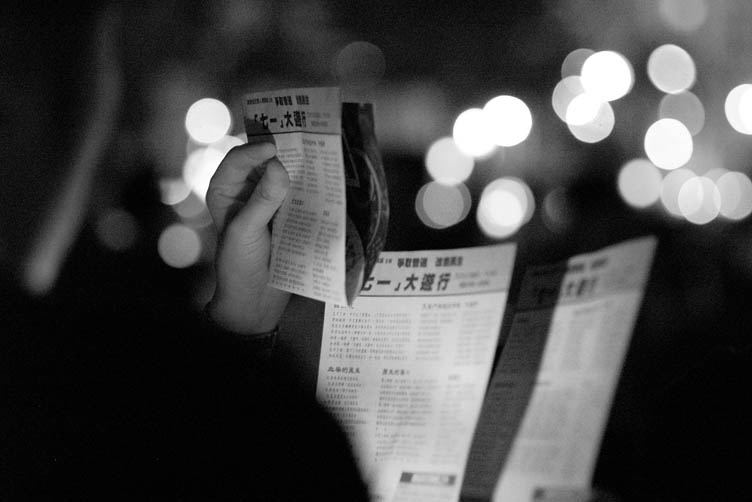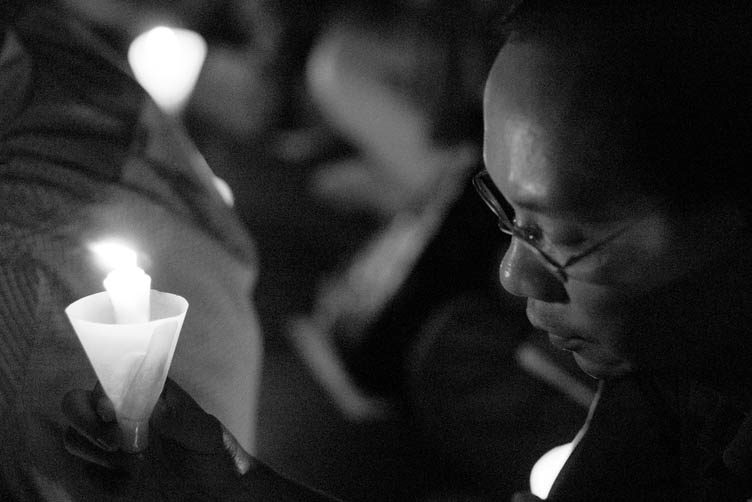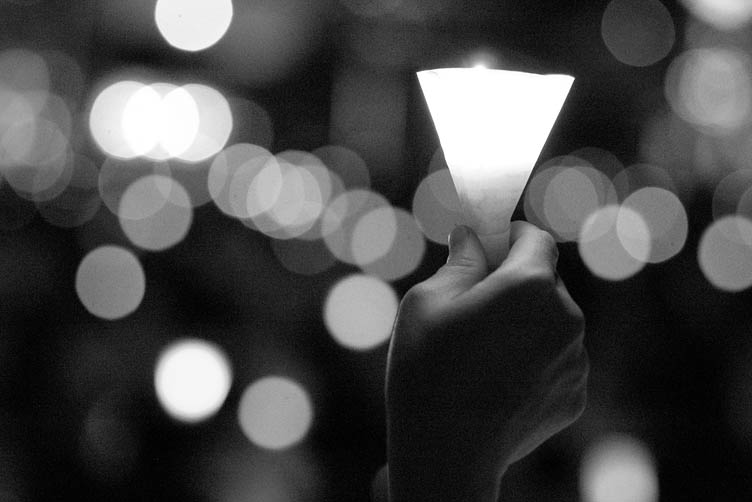note: an old article written 2 years ago, in Chinese.
在看攝影書時, 構圖一節總少不免提及黃金比例或黃金分割, 教讀者幻想畫面橫直各分三等份如九宮格, 並將主體放在幻想線的交叉點上. 但幾乎所有的攝影書都沒有進一步說明甚麼是黃金比例. 我對黃金分割的建議並不熱衷, 但看多了其他的書本, 有一點的了解, 擬文道出我所知的. 由於看的都不是科班用書, 如此文內容有錯, 請予指正.
首先, 黃金比例嚴格地說是 1:1.618; 亦可說成 0.618:1. 說成三分一, 只是為了簡化. 有龜毛的廠商對此很執著, 賓得就曾出了一個有黃金比例格線的對焦屏, 當中用的是真正的黃金比例而不是1/3.
單從上面的數字看來, 1.618 這數字夠特別, 1:1.618 = 0.618:1 = 1:(0.618+1), 即 a:b = b:(a+b), 數學上實在夠美. 這數字如 pi 一般, 是不盡的, 來源就是一個數字系列: 1, 1, 2, 3, 5, 8, 13, 21, 34, 55, 89, 144, 233, ...... 當中每一個數字都是前兩個數字之和. 當這系列一直向上, 每兩個相鄰數字的比例就是1.618! 我試用 Excel 計算, 在第 25 行以後 Excel 便投降了, 算出了的黃金比例值為 1.618033989.
確是一個特別的數字. 但很多數字如圓周率 (3.14159265358979323846264...), 自然對數 (2.718281828...) 等都很特別, 為甚麼 1.618 會被視為黃金比例? 為甚麼數字的遊戲又會跟攝影拉上關係?
那可有點邪門.
原來這樣的一個數字, 廣泛存在於自然界之內. 你肚臍到地面的距離, 跟你的身高的比例, 正是0.618. 你的前臂長度, 正是你手臂全長的 0.618 倍. 腳的長度跟手臂的情形一樣. 在很多不同的生物上, 情形也是一樣, 很多的長度比例也是 1.618是 1.618. 最出名的例子是鸚鵡螺: 那螺旋狀的螺殼相鄰的兩層的半徑比例就是 1.618. 甚至於某一些昆蟲族群中, 雌雄的比例也是 1.618.
這奇怪的現像於文藝復興時期發現, 很多的學者都醉心於這數字, 如達文西就偷了大量的屍體量度各骨骼的比例並發現很多地方都是 1.618. 但人類知其然, 卻不知其所以然, 直至今天, 人類仍不能解釋為甚麼這數字在自然界中是這樣普遍. (會不會 chaos theory 可解釋一二? 我不清楚.)
當時的人認為這數字是天上來的, 並十分推崇. 很多的藝術家, 在其作品中嚴守黃金比例, 作品包括有繪畫, 石像, 建築, 甚至音樂. 我不懂藝術, 就由懂藝術的人來舉證吧.
大抵因為自然界中普遍存在著的關係吧, 人類早習慣了看依照這個比例的東西, 故看見嚴守黃金比例的藝術品都感到舒服. 而今天的攝影書上, 亦都會認為依黃金比例構圖的作品看上去較為舒服而不呆板.
